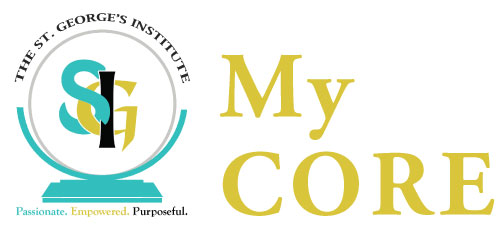Practice CSEC Questions
Theme 2 – Caribbean Economy and Slavery
Question 3.
(a) (i) Name TWO groups of people used as labourers by European settlers in the Caribbean
before the importation of Africans. (2 marks)
(ii) Identify TWO Caribbean territories which produced logwood in the 1600s. (2 marks)
(b) Describe THREE ways in which the Dutch assisted French and English settlers in the changeover
from tobacco to sugar in the 1600s. (9 marks)
(c) Examine THREE social effects of EITHER the changeover from tobacco to sugar OR from logwood
to mahogany. (12 marks)
Total 25 marks
Question 4.
(a) List FOUR examples of restrictions placed on free coloured men and women in any Caribbean
territory. (4 marks)
(b) Describe THREE activities that provided opportunities for men and women of all classes to interact
during slavery. (9 marks)
(c) Examine THREE ways in which the social status of free blacks and coloureds could improve.
(12 marks)
Total 25 marks
Theme 2 – Caribbean Economy and Slavery
Question 3.
By the middle of the 1600s, most tobacco farmers were worried about the slump in the tobacco industry.
There were those, however, who had come to accept sugar as the most likely alternative to tobacco. Little
did they know of the economic or social consequences of the changeover to sugar.
(a) Outline TWO reasons for the changeover from the production of tobacco to sugar. (4 marks)
(b) Describe THREE economic outcomes of the changeover to sugar. (9 marks)
(c) Explain THREE social changes that resulted from the introduction of sugar. (12 marks)
Total 25 marks
Question 4.
(a) Outline TWO reasons why the Spaniards first imported captive Africans into the Caribbean.
(4 marks)
(b) Give THREE reasons why there was only a small number of enslaved Africans in the Caribbean
in the early 1500s. (9 marks)
(c) Examine THREE factors responsible for the rapid increase in the number of enslaved Africans in
the British Caribbean by the end of the 1600s. (12 marks)
Total 25 marks
Theme 2 : Caribbean Economy and Slavery
Question 3.
(a) Identify TWO Caribbean territories which produced tobacco and TWO Caribbean territories which
produced logwood in the 1600s. (4 marks)
(b) Explain THREE reasons for the changeover from the production of tobacco to sugar in the
1600s. (9 marks)
(c) Examine THREE economic effects of the changeover from tobacco to sugar. (12 marks)
Total 25 marks
Question 4.
(a) Identify FOUR countries from which white indentured servants were recruited to the
The Caribbean. (4 marks)
(b) Explain THREE reasons why enslaved Africans became the preferred or favoured labour force in
the Caribbean in the 1600s. (9 marks)
(c) Examine THREE reasons for the marked increase in the demand for enslaved Africans after 1700
in the British and French Caribbean. (12 marks)
Total 25 marks
Theme 2 – Caribbean Economy and Slavery
Question 3.
Read the extract below, then answer the questions that follow.
The operations of a typical sugar estate were dependent on the organisation of the labour force. It was
necessary to ensure that labourers were allocated to all the tasks that were important to the maintenance
of the plantation complex.
(a) Outline TWO factors that could cause disruption of the process of sugar production.
( 4 marks)
(b) Explain THREE ways in which planters sought to maximize the use of labour on the estates.
( 9 marks)
(c) Describe the work done by enslaved women in the production of sugar. (12 marks)
Total 25 marks
Question 4.
Read the extract below, then answer the questions that follow.
The Caribbean slave society was rigidly divided along lines of race and colour. At the very top was the
all-powerful European planter class. At the bottom were the powerless enslaved Africans. Each feared
the other.
(a) Describe TWO ways in which the European planter can be seen as “all-powerful”. ( 4 marks)
(b) Explain THREE reasons why the enslaved Africans feared the European planters. ( 9 marks)
(c) Examine FOUR reasons why the European planters feared the enslaved Africans. (12 marks)
Total 25 marks
